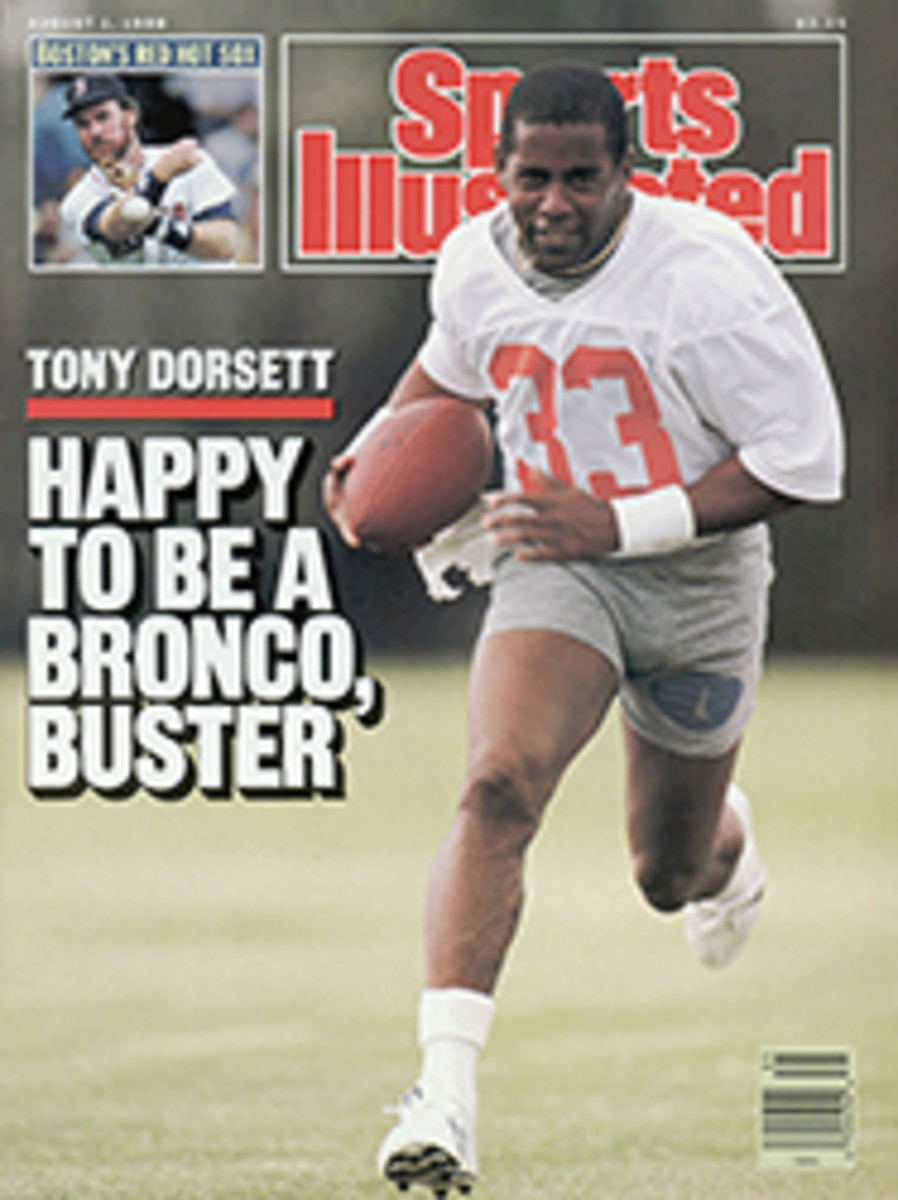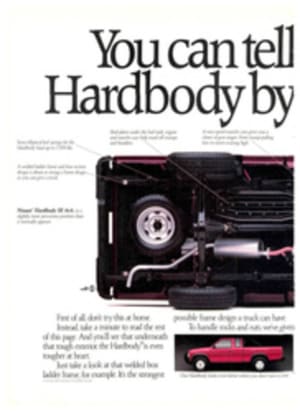
THE MEMORY BUSINESS
MY 11-year-old son is recording his baseball card collection on his computer.
Here's how he does it: He lists the brand and year of each card (Topps '87, Fleer '85), the set number of the card (which appears on the back) and the value of the card (according to a journal bearing the no-nonsense handle, Current Card Prices), but not the name of the player. "There's only room for so much information on one line," he explains.
"So why not leave something else off and put in the guy's name?" I ask.
"I need the other stuff to look up the card and find out how much it's worth," he explains.
"Why do you care how much it's worth?" I ask.
The question hangs in the air as he gives me a strange look. It is, of course, an absurd question at a time when America has gone bullish on baseball cards. The worth of a baseball card has become its monetary worth. A 1984 Donruss Don Mattingly rookie card isn't valuable because its owner happens to be a fan of the Yankee first baseman. It's valuable because, according to the June 1988 issue of Current Card Prices, it's worth $67.50.
Card shows, once the province of a few wide-eyed kids and adult eccentrics, now take place in shopping malls and attract canny horse-trading types with narrow eyes and a nose for the kill. The phenomenon has been well-chronicled. USA Today, The Sporting News, MONEY and this magazine have all run stories recently about the burgeoning baseball-card market. SI's July 4, 1988, story featured 42-year-old Alan Rosen (a.k.a. Mr. Mint), who totes around a suitcase loaded with cash to buy mint-condition baseball cards. According to Mr. Mint, the buying and selling of baseball cards has brought him a $700,000 home, three cars and a yearly income of $400,000.
I'm not, as you might have guessed, a player in the baseball-card market. Nor would I care to be. My story is typical, or at least it was typical: Boy buys baseball cards, boy puts rubber bands around them, boy stores them (by team) in shoe boxes, boy gradually outgrows them, years later boy's mother throws them out. I can still remember my favorite card—a 1959 Richie Ashburn-Willie Mays "Hitting Kings" card. It's long gone, and I do not pine for it. Mays, meanwhile, is a fixture on the card-show circuit, earning several thousand dollars per hour to sit in a chair and sign his name over and over. To that end, he assiduously avoids eye and all other personal contact with those who have paid $8 for the autograph. "This is business," says Mays's accountant, Carl Kiesler, who attends the shows with him.
And so it is business. But something's wrong here. Every time a dollar value is assigned to a baseball card or a man's signature, then that card and that signature—and that man—depreciate in another, more profound way. Money takes the game of baseball out of the realm of the childhood imagination, where it lived when I stashed my very favorite baseball cards under my pillow, and into the adult world, where everything has a price.
You know the first thing my son heard when he went to a card show last year? Some entrepreneur issuing a dire warning against the practice of wrapping cards with rubber bands and storing them in shoe boxes. "It decreases their value," the guy said. There is no use for old shoe boxes, except to fill them with baseball cards, is there? This guy also counseled against the flipping of baseball cards, an activity that, as I recall, was a terrific way to pass the time during sixth-grade geography class. In other words, kids, treat your cards the same way adults treat their CDs and their BMWs. Don't scuff them, shuffle them, hug them, toss them in the air or expose them to the sun. Don't have fun with them. Use forceps, if possible, and then maybe Mr. Mint will come to your house with a suitcase full of money.
The commercialization of baseball cards is a shame. It permits irresponsible adults to horn in on a childhood pastime, and turns a childhood pastime into market analysis. Last week a friend of my son's was rejoicing because his uncle, a rubber-band-and-shoe-box guy from way back, gave him a 1964 Topps Pete Rose card that happened to be in mint condition. "It's worth a hundred and sixty bucks, and he didn't even know it!" the kid said gleefully. That's what this boy got out of the gift—he had put one over on of unc'.
Sadly, baseball-card collecting is no longer a hobby filled with anticipation and wonder—it's an investment scheme. Major leaguers aren't personalities and legends—they're entries in a ledger. Kids don't have collections—they have portfolios. Prevailing wisdom once said that you couldn't put a price on your memories. But Mr. Mint and his like say you can...and a whole generation is buying into that idea.
PHOTO
PETER READ MILLER

